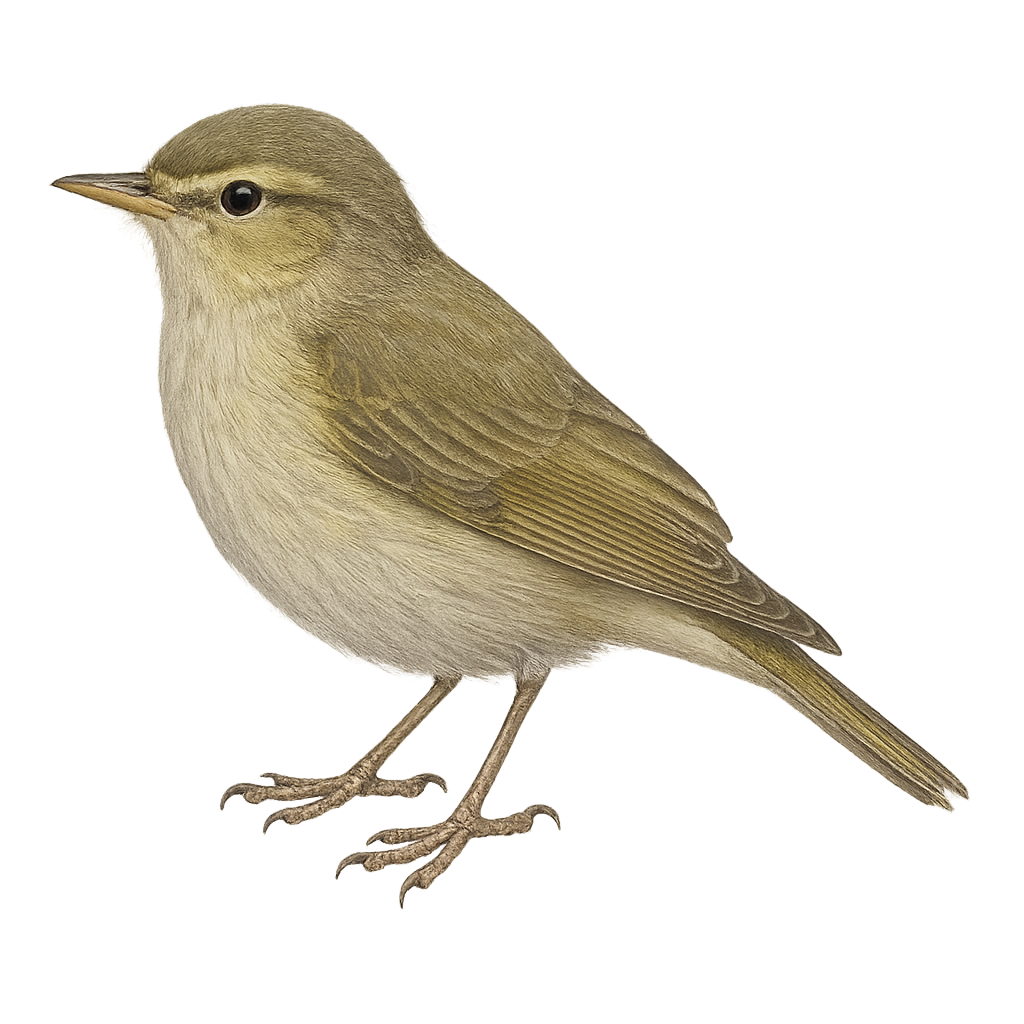Your wildlife photography guide.
Explore the greenish warbler in detail, study its behavior, prepare your shots.
Where to observe and photograph the greenish warbler in the wild
Learn where and when to spot the greenish warbler in the wild, how to identify the species based on distinctive features, and what natural environments it inhabits. The WildlifePhotographer app offers tailored photography tips that reflect the greenish warbler’s behavior, helping you capture better wildlife images. Explore the full species profile for key information including description, habitat, active periods, and approach techniques.
Greenish Warbler
Scientific name: Phylloscopus trochiloides

IUCN Status: Least Concern
Family: PHYLLOSCOPIDAE
Group: Birds
Sensitivity to human approach: Suspicious
Minimum approach distance: 10 m
Courtship display: May to July
Incubation: 11-13 jours
Hatchings: May to July
Habitat:
Coniferous forests, mixed forests, shrubby areas
Activity period :
Primarily active during the day, with peak activity in the morning and late afternoon.
Identification and description:
The Greenish Warbler, Phylloscopus trochiloides, is a small insectivorous passerine bird in the Phylloscopidae family. It is primarily olive green on the upper parts with a paler, often whitish or yellowish underside. Its song is melodious and complex, making it easily identifiable during the breeding season. It inhabits coniferous and mixed forests, as well as shrubby areas in mountainous regions. A migratory bird, it winters in South Asia. Its adaptability to various habitats and generally suspicious behavior make it an interesting bird for both amateur and professional ornithologists to observe.
Recommended lens:
400 mm – adjust based on distance, desired framing (portrait or habitat), and approach conditions.
Photography tips:
To photograph the Greenish Warbler, it is advisable to use a telephoto lens of 400 mm or more to capture detailed images without disturbing the bird. Look for it in coniferous or mixed forests, especially in the early morning when activity is highest. Be patient and discreet, as this bird is suspicious. Use a tripod to stabilize your camera and wait for it to perch on an open branch to get a sharp photo. Take advantage of natural light to highlight the shades of its plumage.
The WildlifePhotographer App is coming soon!
Be the first to explore the best nature spots, track rutting seasons, log your observations, and observe more wildlife.
Already 1 430 wildlife lovers subscribed worldwide

